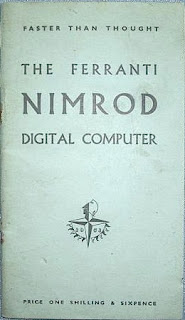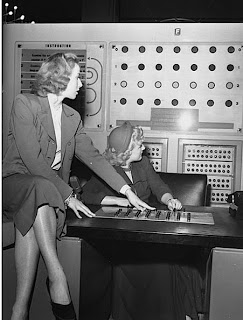
It’s called Toad in the Hole and it was popular (and still is, to some extent) in some pubs, especially in South East England, and particularly around Lewes. According to one online source, competitors stood back from a sort of table on top of which was a sloping board containing holes. The object was to aim thick coin-like ‘toads’ towards these holes. Those toads that fell through the holes scored points.
However, an interesting variant of the game can be found in an illustrated article by the folklorist L.N.Candlin that appeared in the magazine Courier for November 1949. In this version:
The board for the game is about the size of modern dinner wagon and has three shelves. The top one has a large toad sitting in the middle with its mouth wide open. Around it are a number of hazards. The rest of the apparatus includes a miniature paddle-wheel, two trap doors hinged in the middle and guarded by hoops, and a number of holes, two of which are screened by iron hoops.
In this version, which was being played at the Bull Inn, West Clandon, Surrey, on Candlin’s visit, the prime object was to propel the coin-like missile (Candlin does not mention that they were called toads) into the toad’s mouth, but failing this, into one of the holes and down a chute to lie in a tray against one of the numbers painted on the lower shelves. What makes this particular apparatus similar to a modern pinball machine are some additions to the basic version of the table----the paddle wheel which, when turned, may have guided any toad that had failed to drop into a hole towards the trap door, and the hoops which were there to prevent toads from entering the holes. According to Candlin, Toad in the Hole was played in some form or other in the reign of Elizabeth the First.
A phone call to the Bull’s Head, as it is now called, revealed that the current owner was aware of the pub’s old Toad in the Hole machine, but had no idea of where it was now, nor whether the game was still played in pubs in the district. Perhaps it ended up in the private collection of a regular at the pub, simply fell to bits, or was discarded when a new owner decided to replace it with a jukebox.
I wonder what Pinball wizard Tommy would have felt about all this… [RR]


